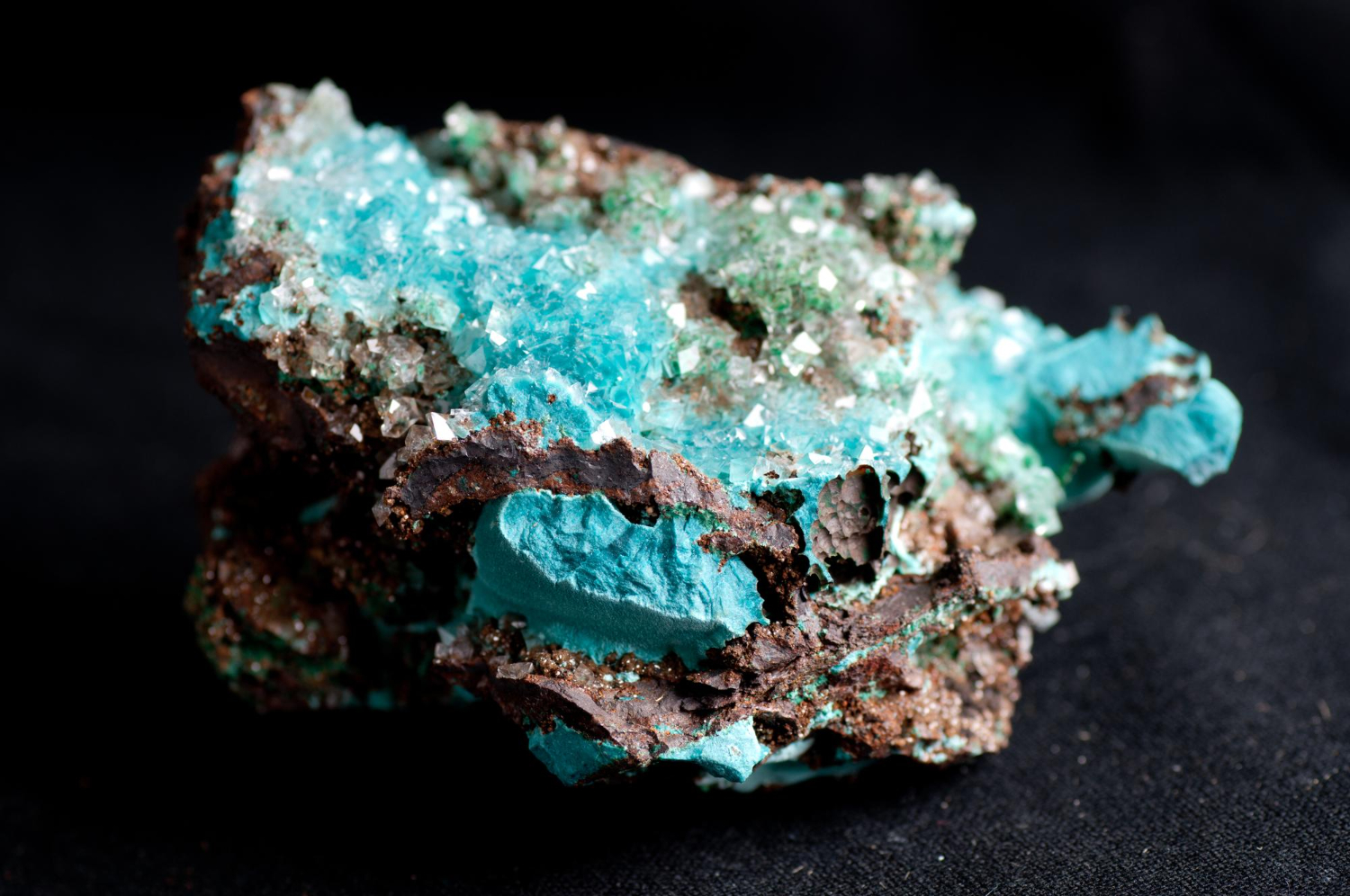Aquamarine | March
Within the beryl family of minerals, aquamarine stands as a testament to the stunning variety of colors found within this gemstone species. Exploring the distinct color spectrum that characterizes this mineral family reveals a world of captivating beauty and intrigue.
Aquamarine: The Elegance of March's Seas
From the depths of time, as stars wove their celestial tapestries, emerged an age-old tradition that unites the celestial and terrestrial realms – the tradition of birthstones. Pioneered by luminaries like Flavius Josephus, this ancient lore forged an intimate link between zodiac constellations and the earthly gems we cherish. Amidst the enchantment of March, the serene Aquamarine emerges – a gem that not only gleams but resonates with eons of history and the tranquil rhythm of the universe.
Imagine, with the wisdom of antiquity and the lens of modern science, a gemstone crystallized deep within Earth’s geological embrace. Forged by the Earth’s intricate hydrothermal processes, Aquamarine serves as a testament to nature’s artistry, echoing the calm and clarity innate to March-born spirits. Its name, derived from the Latin ‘aqua marina,’ alludes to the crystal-clear waters of the sea, mirroring the serenity of the ocean’s heartbeat.
Throughout history, Aquamarine has been cherished by diverse civilizations. It has been a symbol of protection, warding off troubles on treacherous journeys, and a token of spiritual insight and wisdom. Its radiant blue shades have adorned the regalia of nobility and graced royal jewelry collections.
With a palette ranging from delicate aquas to deep, mesmerizing blues, Aquamarine’s hues mirror the multifaceted personalities of March’s individuals. Modern geology tells us that its color variation arises from iron impurities, creating a spectrum of shades, each symbolizing a unique facet of its wearer.
Beyond its aesthetic allure, Aquamarine extends its significance into the realms of modern science. Geologists value it as a window into Earth’s geological history, offering clues to past hydrothermal events. Its properties have also found utility in various industries, from cutting-edge technology to artistic creations. Yet, at its core, Aquamarine remains a gem of ancient myths, dreams, and the ceaseless story of the cosmos.
So, for those touched by March’s enchantment, why Aquamarine? Because it transcends being a mere gem; it is a celestial connection, a symbol of wisdom, and a vessel for both age-old legends and scientific wonder.
In the embrace of Aquamarine, one discovers a confluence of bygone myths, contemporary revelations, and the timeless rhythm of the universe.

Aquamarine: The Serene Gem of March
Color Varieties: Aquamarine is renowned for its serene and calming palette, evoking the tranquil beauty of the sea. Its shades range from delicate aquas to deeper, more intense blues, with each tone reflecting a distinct sense of serenity and clarity, akin to the ocean’s vast depths.
Common Aquamarine Varieties:
- Santa Maria Aquamarine: Notable for its ethereal blue color, it is often considered the most coveted shade.
- Maxixe Aquamarine: A deep blue variety that adds a touch of mystery to its allure.
Formation and Occurrence: Aquamarine is typically born in the embrace of granite pegmatites, where beryl’s crystalline structure finds an ideal environment for growth. These gemstones often appear alongside other minerals, creating pockets of natural beauty within the Earth’s crust. Countries like Brazil, Uruguay, and Zambia are esteemed for producing some of the world’s most exquisite aquamarine specimens.

Modern Uses: In contemporary jewelry, aquamarine remains a beloved gem, appreciated for its calming energy and beauty. It is a favorite choice in holistic healing and metaphysical practices, carrying forward its rich history and mystical allure. Aquamarine, with its soothing elegance and rich hues, continues to be a gem that captures the hearts of those born in March and all who appreciate the exquisite artistry of the natural world.
Scientific Fact: "The Significance of Aquamarine in Earth's History"

Aquamarine, cherished for its serene beauty and calming properties, plays an equally vital role in the realm of geology. Most aquamarine specimens are born within the intricate landscapes of hydrothermal veins, volcanic cavities, and geodes, often nestled in igneous rocks. This geological affiliation renders aquamarine a precious indicator mineral, offering geologists valuable insights into Earth’s geological past and environmental conditions.
The gentle blues and greens of aquamarine are primarily attributed to the presence of iron impurities and subtle radiation exposure during its formation. These geological processes, intertwined with the crystalline structure of beryl, produce a captivating array of colors that range from delicate aquas to profound blues.
Geologists acknowledge aquamarine as a significant clue to unraveling the history of geological events, shedding light on the environments in which it originated. The presence of aquamarine within specific geological formations aids scientists in reconstructing the narratives of volcanic activities, hydrothermal processes, and mineralization within the Earth’s crust.
In addition to its geological importance, aquamarine remains a gem of exceptional aesthetic and metaphysical significance, serving as a remarkable bridge between the worlds of science, beauty, and spirituality, where it continues to inspire both geologists and enthusiasts of exquisite gemstones.
